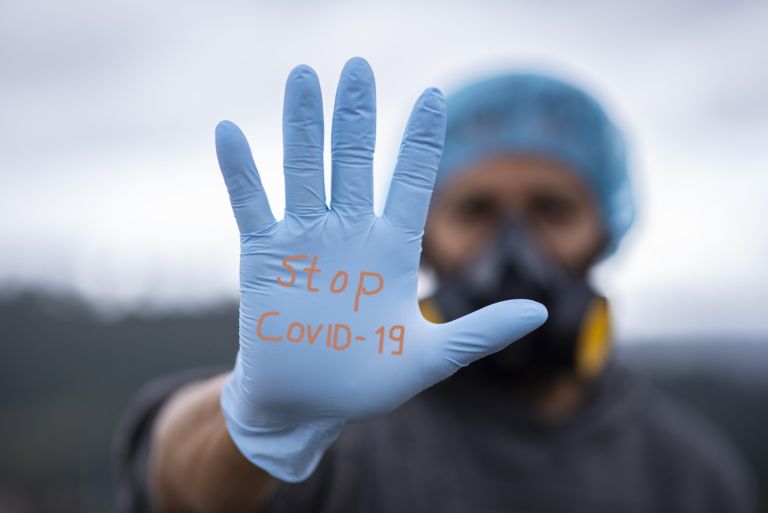One of the unintended consequences of the Occupy movement’s attack on the “1 percent” is a corresponding campaign against creativity. Novelist and Forbes contributor Maura Pennington makes that argument in the magazine’s latest issue.
Creativity is an individual gift, individually expressed. Success, too, is unique. When people seek to impose the universal measurement of dollars to regulate both, they lose appreciation for the extraordinary nature of an innovative mind. They quickly revile the exceptional few who can both dream big and follow through. It’s a mistake to do this.
There is already a huge barrier to trying something different: the threat of failure. Yet the self-proclaimed 99% continue to make success seem like a worse fate. The labor unions and non-profits that signed the 99% Spring letter think that by holding the high achievers back they are going to move us all forward. This is irrational. They use the word “richest” and will say they’re after an indolent, politically insidious class of top earners, but they are assaulting our creative class in the process.
The problem is that we don’t see it as a creative class. We only see the standouts inventing big things and ignore the people subtly improving our lives by doing what we wouldn’t. They become simplified and distorted into an infinitesimal fraction of the population. Creative individuals are rare, but not so rare that only those who are famous can be given the label. They are not merely the 1% we can target, but the way we treat the 1% affects them as well.
People everywhere think creatively to solve problems and change their immediate worlds. They have to be inclined, though, to take the risk of unorthodox action. The point of creativity is to do what hasn’t been done, and the incentive for doing it is often simple: finding and keeping the means to live and operate.
It is an outright restriction on creative activity to put a limit on how well a person can do this.


